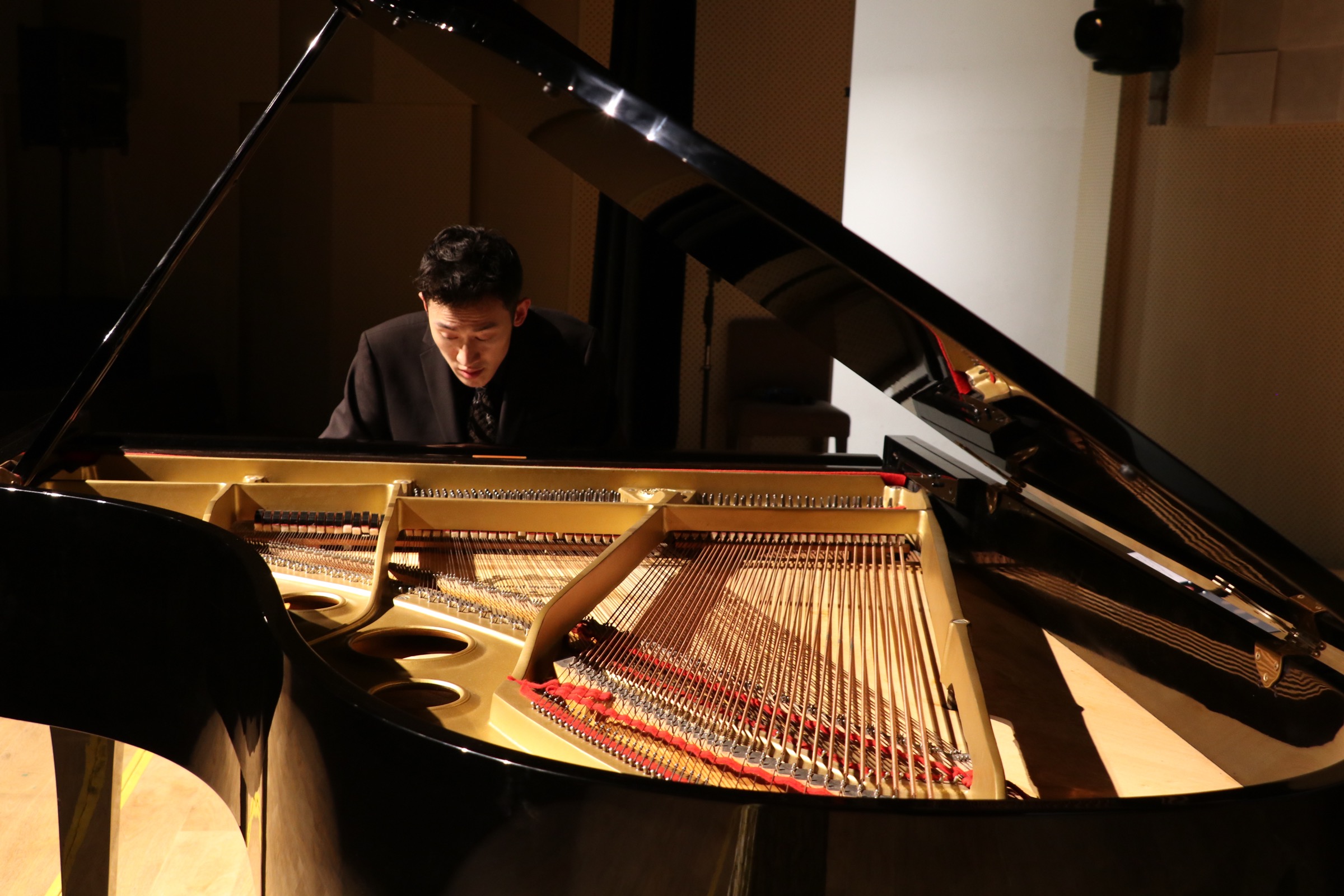
Is Chopin’s Nocturne in E-flat Major Hard to Learn?
Some piano pieces seem to drift in from another world. Frédéric Chopin’s Nocturne in E-flat Major, Op. 9 No. 2 is one of them. It’s lyrical and delicate, and many listeners fall in love with the piece the first time they hear it. After all, it’s among the most beautiful melodies ever written for piano. Because of that softness, though, it’s often misunderstood as easy. Students hear it and think, “That’s what I want to play.” And they’re not wrong to want it. But they might be surprised by how much it demands.
Like Clair de Lune, Für Elise, and Moonlight Sonata, this nocturne sits in that tricky category of being famous, romantic, and deceptively hard. It’s not a beginner piece. It takes serious musical maturity and technical control to do it justice.
If you’d like more information about David Chang’s unique piano program for adults, get in touch. Students here start learning their goal piece as soon as the third lesson, even if they are a complete beginner. Get in touch for piano lessons in NYC or online around the world – we’d love to hear from you.
How This Piece Is Leveled
Different leveling systems place this piece toward the upper end of the scale. The Royal Conservatory of Music ranks it at Level 9. ABRSM typically places it at Grade 9. Jane Magrath, in her teaching literature guide, classifies it as an early advanced piece that should follow several years of solid technical foundation.
The difficulty doesn’t come from raw speed or complicated hand crossings. The challenges lie in the phrasing, voicing, and expressive timing. To perform it well, a student needs more than technical fluency. They need patience, refined dynamic control, and a good ear for melodic shaping.
Technical Challenges
The first few measures look innocent. A simple melodic line, played with the right hand, floats over broken chords in the left. But within just a few bars, Chopin starts adding trills, grace notes, and subtle ornamental turns that require fingertip precision. There are moments when the right hand must sing a high melody while executing smaller decorative notes underneath, all while keeping the timing fluid and musical.
Pedal control is another major challenge. This piece lives in its sustain pedal, but it’s easy to overdo it and create a blurry mess. Playing it cleanly without losing warmth takes careful footwork and a deep sense of how long each harmony should ring. A half-second too long, and the entire line feels off balance.
Later sections introduce left-hand stretches and rolled chords that need to be played smoothly and quietly. They aren’t fast, but they require strong hand independence. The right hand continues to grow more elaborate, with cascading ornaments that must fit within the tempo and mood.
Harmony and Voicing
The Nocturne in E-flat relies on a consistent harmonic flow. The left hand supplies broken chord progressions that never quite stop, even while the right hand stretches the melody above. The harmony changes often, and each phrase ends with a soft but deliberate cadence. This kind of texture requires more from the player than a basic chordal piece.
Voicing is critical. The right hand often plays three or four notes at once, but only one of those notes is the true melody. The others are harmonic support. Being able to shape the melody while keeping the supporting notes quiet is not a beginner skill. It takes training and repeated listening to achieve.
Rhythm and Rubato
Students often think rubato means free rhythm. That’s only partly true. Chopin’s rubato has structure. While the right hand takes expressive liberties, the left hand must maintain a steady pulse. The two hands need to communicate without rushing or dragging each other.
There are triplets played against eighth notes, sections where a long trill stretches over a bar line, and moments where the phrasing bends time just enough to keep the listener leaning forward. All of this depends on deeply internalized rhythm. A metronome is only the start. Students need to feel the natural breath of each phrase and know when to slow down or push forward without losing the overall flow.
Why It’s Still So Popular
Because it’s stunning. Students want to play it because it’s soulful and gentle. It sounds like it belongs in a film score or a quiet evening at home. Like other romantic classics, this nocturne speaks to people. The desire to learn it often comes before a student is technically ready, but that doesn’t have to be a bad thing.
Starting Sooner at David Chang Music
At David Chang Music, we treat pieces like this not as a distant goal but as a reason to get to the piano. Students are encouraged to choose a dream piece early in their journey. In many cases, that piece becomes part of their lessons within the first month.
For beginners who love Nocturne in E-flat, David often introduces simplified lines or isolated sections by the third lesson. It gives students something meaningful to work toward and ties technical drills to a familiar, beloved sound. With consistent practice and expert support, many students can play the full version within twelve months, even if they’ve never touched a piano before.
Rather than wait for years of method books and exercises, David’s approach weaves goal pieces into the learning process from the beginning. This allows students to connect emotionally with the music and build momentum that lasts.
Final Thoughts
Chopin’s Nocturne in E-flat Major is not easy. It demands control, nuance, and sensitivity to detail. But with the right teacher and a clear strategy, it becomes a realistic goal even for adult beginners. You don’t need to wait five years to play something beautiful. You can begin building toward it today.
If this piece is on your wish list, let us know. We’d love to help you get started.





